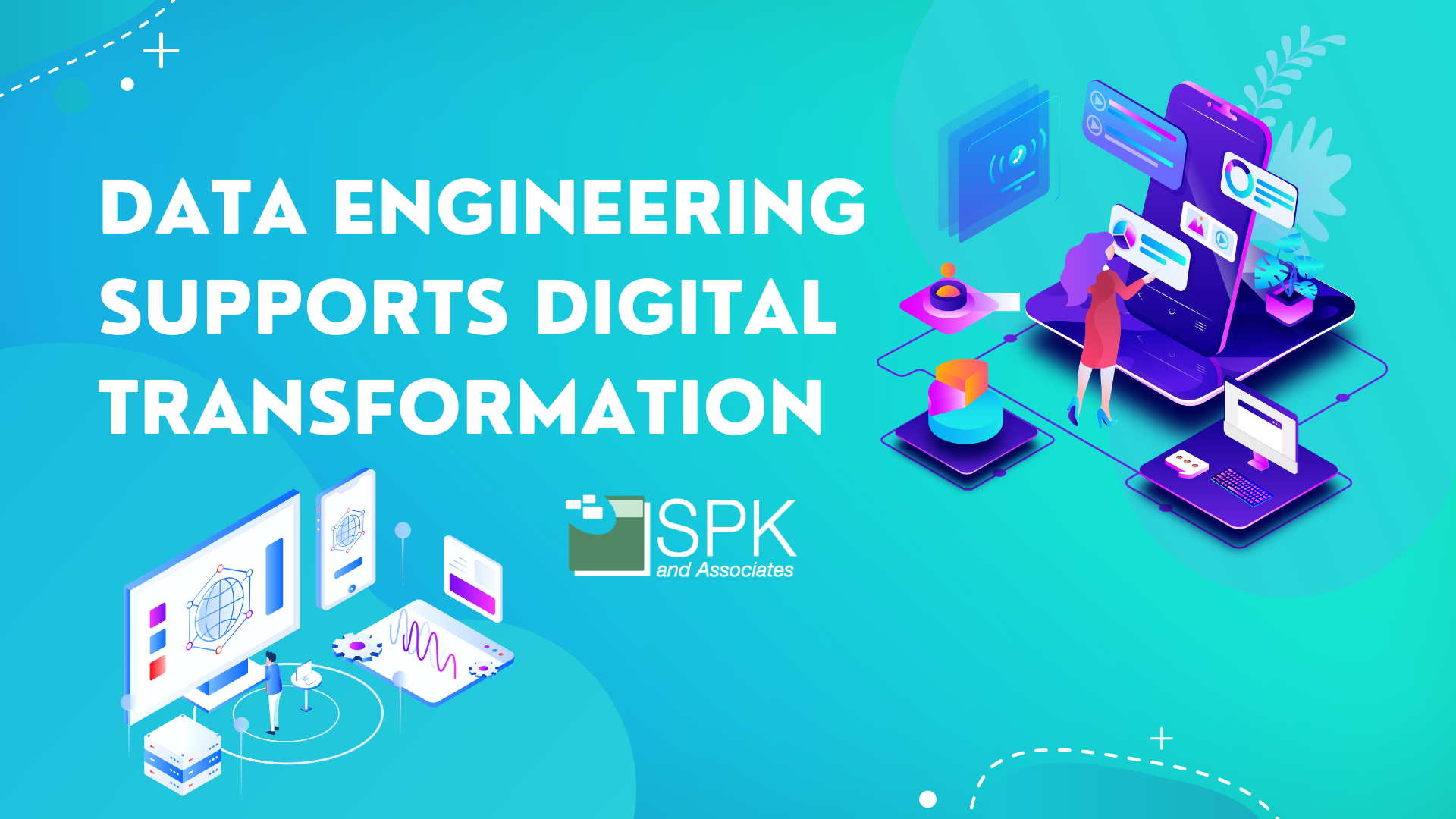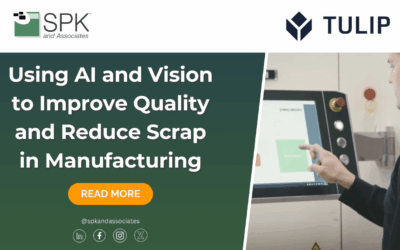Data engineering supports digital transformation. Fact. But, how do companies move away from more paper processes and towards digital transformation? It’s not easy. And, the larger the organization, the more difficult it is. Companies can take solace in knowing there are statistics to support digital transformations where data engineering is a focus.
Digital Engineering And The Promise of Digital Transformation
Many industries that are driven by data and artificial intelligence are transforming. It seems like AI is inescapable today with our smartphones (Siri), home smart speakers (Alexa, etc). And, economists now call AI a general purpose technology. But, what does this mean? A general purpose technology isn’t an innovation that serves just one purpose. A general purpose technology impacts all existing industries. Historic examples of general purpose technologies are things like the invention of electricity, and the original industrial revolution. Those technologies were sparks that ignited economic and human behavioral change including work and play. Their impact was widespread beyond single industries. Additionally, they laid a foundation for the next set of technologies to be built.
Aside from the fear of being an industry-laggard that is left behind in their industry isn’t enough, there are several other competing factors digitally transformed businesses are using to thrive, not just survive, in the new digital economy.
So, for organizations to really transform from a simple way of working into a new digitally transformed state, first, we must understand the digital transformation. Then, we can understand the need for them to make this massive investment.
The Benefits Of Digital Transformation
The key benefits of using digital engineering to improve digital transformation include:
- Improved customer experience.
- Increased productivity.
- Improved business models.
- Improved agility and innovation.
- Better collaboration.
- Increased transparency.
No executive would turn down any of those. But the reality is that not all companies understand what the path to achieving them actually looks like.
As an industry leader, SPK and Associates believes that artificial intelligence is the next general purpose technology that will shift the way that our teams, and businesses work. For example, of the 9,130 patents received by IBM inventors in 2021, 2,300 were AI-related. The foundation of artificial intelligence is data. And, to have usable data, it has to be in business systems that can viewed by an AI engine. This is a key step to digital transformation. Many of our clients who need help in this space are looking to bridge the gap from digitization to digitalization. Now, let’s dive into what that means..
Digitization vs. Digitalization
Today, organizations are already collecting data in digital form. For example, consider accounting applications such as Oracle NetSuite, QuickBooks, or SAP. Alternatively, consider customer resource management (CRM) systems like Salesforce, Zoho, or HubSpot, and other line-of-business applications. They all have tons of great data points. But, the reality is many businesses who still rely on paper, or even small, disorganized data points hidden in Word or Excel docs, are hindering data transformations. I’ve seen many companies who utilize systems like Salesforce and SAP but the systems don’t integrate. So any analysis between the two systems is completed in Excel.

But, with all those pockets of data (or paper), where do you start in a digital transformation through data engineering?
First, we recommend understanding the difference between Digitization and Digitalization. The reality is that paper is not the main driver in many businesses today. However, simplifying the paper in digital form is not good enough either. For example:
|
Digitization |
Digitization |
|
Digitization occurs when a restaurant creates a digital version of a printed menu, so customers can scan a QR code and access it via a browser. |
To take the extra step of making it “digitalization”, the restaurant now creates a digital channel for its customers to order food online. |
Personal computers and the power of cell phones have helped to highlight to the common business person there is a benefit of using a digital platform versus paper. But just because something is in Excel doesn’t mean it’s increased its value to that business.
Streamlining Product Development via Digital Transformation
Now that we’ve laid the foundation of the importance of migration from paper to digital to useful data, let’s explore how digital transformation aids product development.
SolidWorks PDM In The Cloud
SPK has worked with several clients to streamline their product data management systems by managing their PDM infrastructure. We offer a SolidWorks PDM in the Cloud service that helps companies optimize their product development processes. We do this by building in automations while managing CAD applications. Additionally, it also acts as their IT infrastructure provider while still being able to “speak engineering language”.
Through working with our clients in this space, we have seen them gain multiple benefits that help accelerate product development through:
- Automations.
- Reduction in the manual steps taken by engineers
- And other efficiencies.
Many of these activities are driven by the data in existence in their systems. The ability to automate data engineering tasks results in some of the highest paid and most skilled people in your company reclaiming valuable time. Then they can use this reclaimed time to innovate and advance the product(s) development.
Clients Analytics Portal
Another example of utilizing data engineering skills and data to advance your product development is the use of SPK’s Client Analytics Portal. As you may already know, Solidworks PDM has a SQL database. This stores information about the check-ins of files to the system. However not everyone (i.e. managers, directors, other stakeholders) actually log in to the PDM each day. Thus, leaders may miss important information just because it’s not highly visible to them. Therefore, we identified an opportunity to alleviate this risk. SPK built the Client Analytics Portal that includes things like:
- Support tickets
- Information on vCAD instances
- Statistics from tools like Solidworks PDM, etc
- Other helpful and valuable information
On the home page of the portal are several reports that were built in Power BI too. These display the most commonly requested information. Additionally, they include things like:
- Users checking in files most frequently
- Latency or other error information
- Which projects are getting the most activity
Recently, we reviewed the Client Analytics Portal with a client. Then, the review of that interface created follow up operational questions including “why is this engineer the lowest on the number of check-ins?” Therefore, it helped their team isolate a specific problem that was not visible before. So, this small data point allowed the company to become more efficient, effective and produce their product more quickly.
Conclusion
SPK believes it’s critical to invest in proper data engineering practices in order to avoid unnecessary cost, and stifle innovation.
Now you can see that data engineering investment can support a digital transformation. Additionally, it can set you up for future AI needs, and it enables your company to continue being on the forefront of its industry. So, what are you going to do about it?
At SPK we offer industry experts for consulting on projects related to data engineering, data analysis and analytics.
Contact our team today if you’d like to learn more about how we help our clients accelerate their product life cycle.





